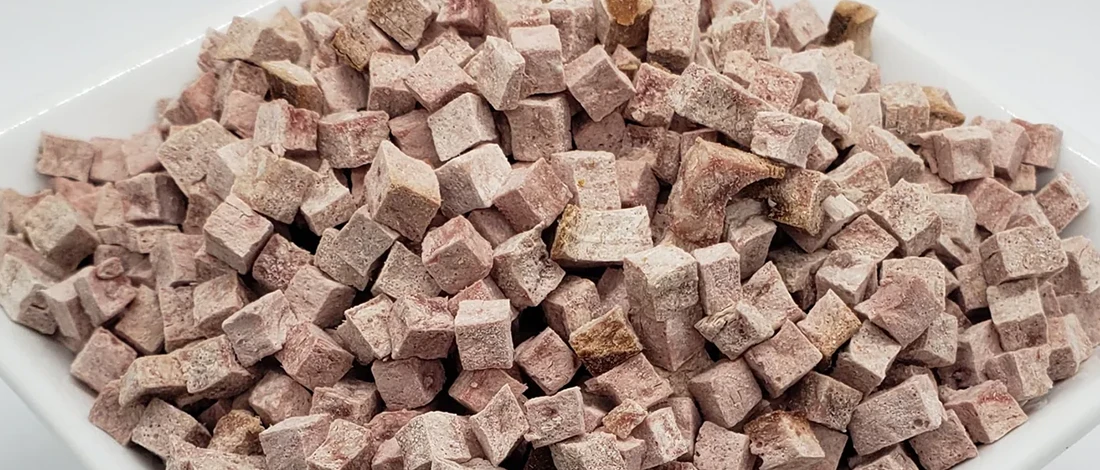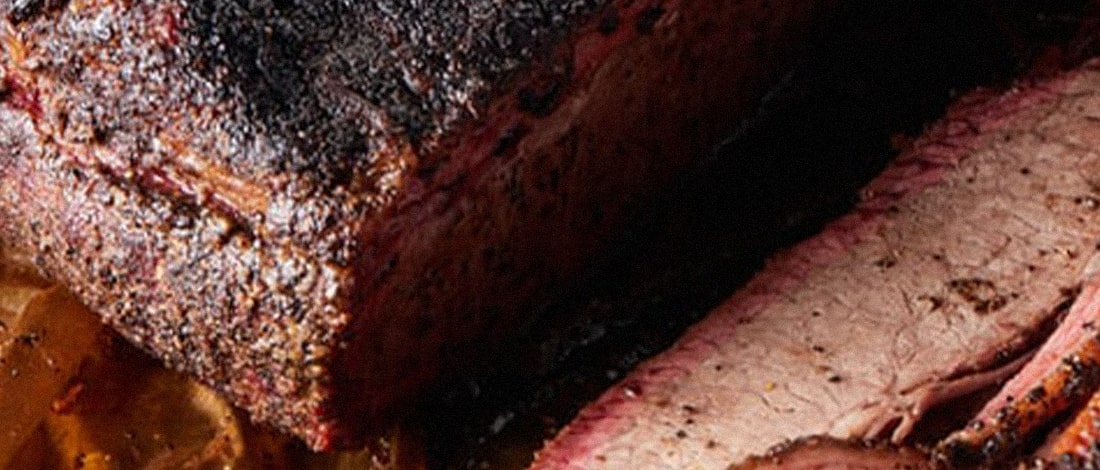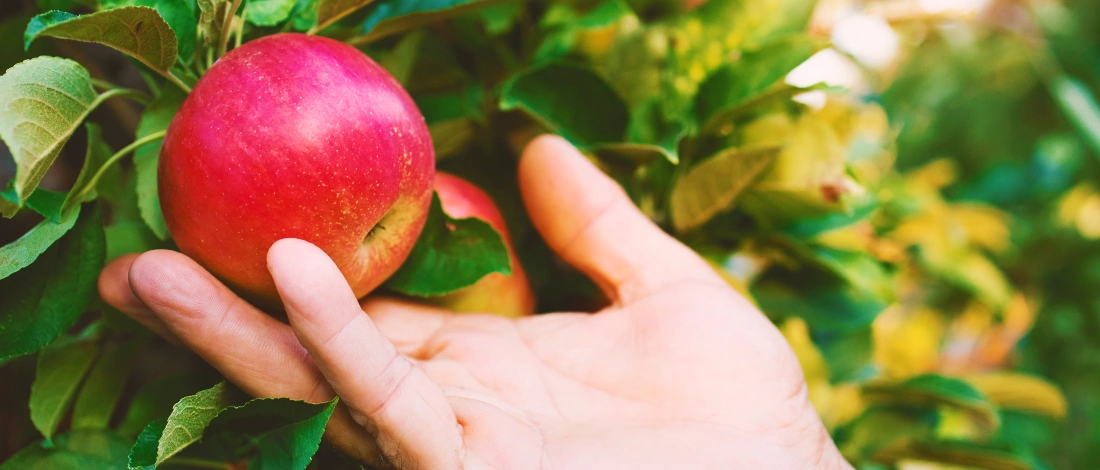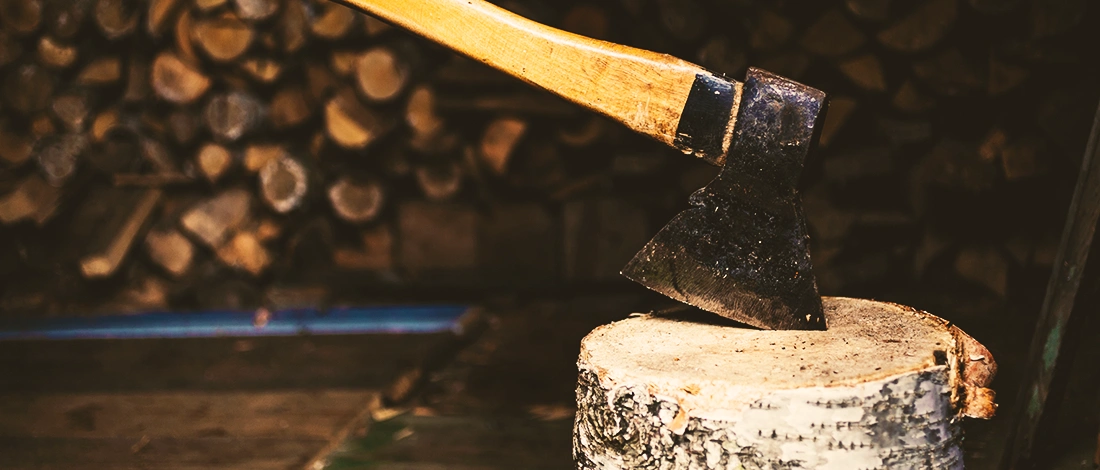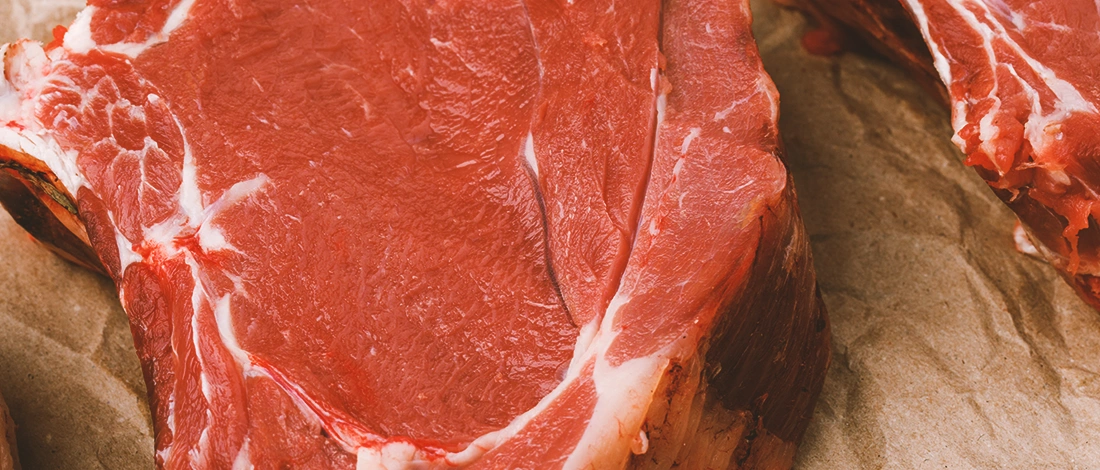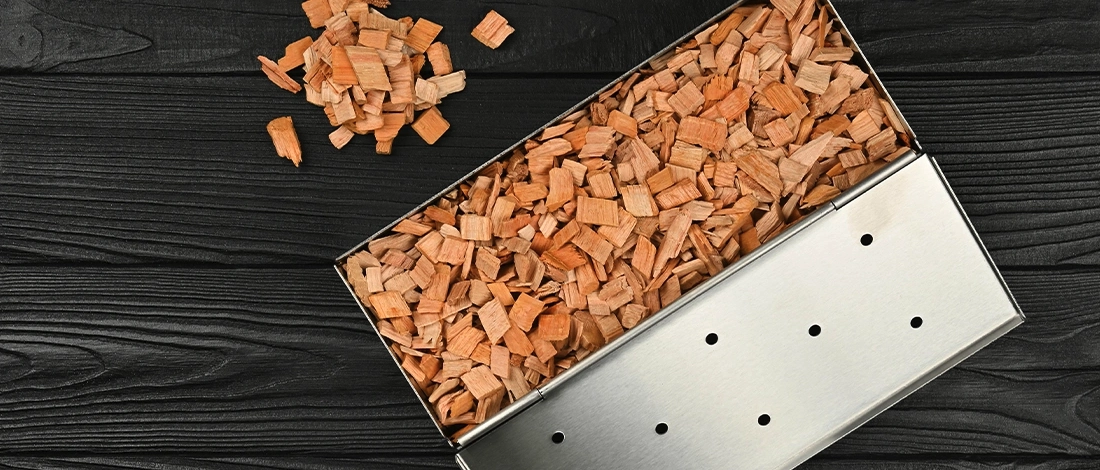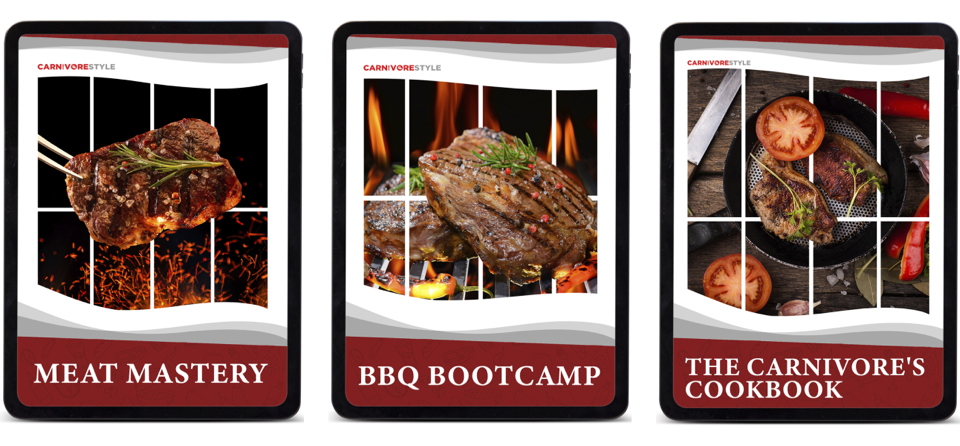As an experienced chef and food enthusiast, I have spent years learning the art of smoking meat for preservation.
With extensive research into the science behind the process, I have learned the ins and outs of smoking meats to create rich, flavorful cuts that can be preserved for long periods.
In this article, I will share my expertise on how to preserve meat so that you can enjoy its deliciousness in a long-lasting form.
Quick Summary
- Smoking meat for food preservation is an ancient technique used to add other flavors and extend shelf life.
- Meat smoking involves preparing, seasoning, and smoke-curing meat and fish before smoking them at the proper temperature and humidity.
- A 2021 review published in the National Library of Medicine identified the main chemical hazards found in smoked meats and fish, including polycyclic aromatic hydrocarbons, heterocyclic amines, and more, and found they exceed the maximum limits set by the European Union and pose significant health risks to consumers [1].
- Properly smoked and cured meat can last up to a year.
How Does Smoking Preserve Meat
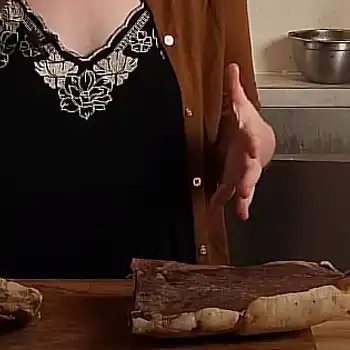
Smoking preserves meat by causing the moisture in the tissues to evaporate as it gets smoked, making it less hospitable to bacteria and other microorganisms that cause spoilage.
The process also creates an acidic film on the surface of the meat.
This surface coating helps kill bacteria and prevent foodborne illness.
Additionally, the smoke from the burning wood or other materials contains chemicals that help to kill bacteria and other microorganisms that might be present in the meat.
2 Ways to Prepare the Meat for Smoking
Before putting meat in the smoker, it must be properly prepared.
This includes thoroughly washing the meat and trimming away any fat or sinews. Do not use frozen meats, but thaw them completely.
Once the meat has been prepped, it is ready for curing.
Curing is an important step in smoking meat for preservation because it helps draw moisture out of the tissue and helps to prevent spoilage.
Cured meats can be made by either dry salting or wet-brining the meat.
- Dry salting involves rubbing a mixture of salt and spices onto the surface of the food before smoking.
- Wet brining consists of soaking the meat or fish in a salty water solution for several hours before smoking.
- How much salt you use depends on the process, but you should use enough salt to preserve food.
It is important to note that proper hygiene and food safety practices should be followed when you make cured meat for smoking.
These include using clean equipment and surfaces and ensuring the food is kept at a safe temperature throughout the curing process.
1. The Role of Salt

Whether you choose to dry salt or wet brine, the salt mixture plays a crucial role when you cure meat.
Salt-curing meat helps to preserve the food by inhibiting the growth of harmful bacteria and preventing spoilage.
When salt is added to the meat, it creates a hypertonic solution that draws out moisture. Salt also enhances the nice and distinct flavor of the meat and helps to tenderize it.
2. Drying the Meat
Meat that has been salt-cured will still contain a substantial amount of residual moisture.
This moisture must be removed before the smoking process can begin.
To do this, the meat should be placed on a rack in a cool, dry spot and left to air dry for several hours or even days.
You can cut the meat into strips so it will dry faster.
Another option is to use a dehydrator. This drying process will ensure that no excess water is present when the meat goes in the smoker.
Additionally, drying the meat helps create a pellicle on the surface.
The pellicle is a thin layer of proteins on the surface of the meat that allows smoke deposits to adhere to the tissue during the smoking process, resulting in a more intense flavor.
"Smoking food for food preservation is a traditional technique that has been used for centuries, and it is still one of the best ways to add flavor and preserve the meat for long-term storage."
- Emeril Lagasse, American Chef
Related Articles:
3 Preservation Smoking Tips

Cooking dried meat and meat curing will preserve meat and fish and give them more flavor than you would get on a charcoal grill.
1. Setting Up the Smoker
Smokers come in many different shapes and sizes.
Some commercial smokers use a natural sawdust fire, while home models often use wood chips or wood pellets as the smoking method for cooking meat.
These woods produce smoke for cooking and preserving food.
The wood smoke from hardwood chips like mesquite, hickory, or fruitwood can be used for brisket, a whole pig, or even vegetables.
Charcoal smokers are good for traditional smoking, but electric smokers are becoming popular because they are easy to use and maintain a consistent temperature when cooking meats.
Follow your manufacturer's instructions to set up before beginning.
This includes making sure that all of the vents are open in a way that sets the temperature to the needed level.
2. Hot Smoking
Hot smoking involves smoking the meat at a higher temperature, typically between 165-250°F.
Hot smoked meat is cooked during this process, so it can be eaten immediately after smoking.
Hot smoking is ideal for preserving meats like sausages, ham, bacon and fish, chicken, and other meats.
3. Cold Smoking
On the other hand, cold smoking involves smoking at lower temperatures, below 90°F and usually between 60-80°F, for several hours.
Cold smoking does not cook the meat, which means it cannot be eaten immediately after smoking.
Instead, the food must be properly cooked to the internal temperature before eating.
Cold smoking is good for preserving meat like salmon, beef, and pork.
Food Safety

Following proper food safety guidelines when smoking food is important during preservation.
According to USDA, smoked meats should be stored in a cool place, below 40°F (4°C), to prevent spoilage and bacterial growth [2].
The meat should also be properly heated to the internal temperature recommended by the USDA to ensure that any harmful bacteria are killed.
The danger zone for bacterial proliferation in meat is between 40°F and 140°F [3].
Therefore, it's crucial to cook meat at a temperature that exceeds 140°F to kill any bacteria before consumption.
Additionally, meats smoked for preservation should not be consumed if they are slimy or have a strong odor. Spoiled smoked beef can lead to food poisoning.
FAQs
How Long Can You Store Smoked Meat For?
You can store smoked meat for up to a year if properly preserved. The key to preserving smoked meats is to keep them in a place with lower temperatures and away from high humidity. The cooler and drier the storage area, the longer period before the smoked meat goes bad.
Do Bacteria Grow On Smoked Meat?
Yes, bacteria do grow on smoked meat. While smoking food helps slow bacterial growth, it doesn't completely prevent it. Therefore, smoked meat can still grow dangerous organisms, especially if it's not stored correctly or if the meat was contaminated before smoking.
Does Smoking Raw Meat Help Preserve It?
Smoking raw meat helps preserve it by slowing bacterial growth and creating an acidic coating on its surface. However, it is important to note that raw meat should be properly cured before smoking to eliminate any harmful bacteria.
References:
- https://pubmed.ncbi.nlm.nih.gov/34925818/
- https://www.fsis.usda.gov/food-safety/safe-food-handling-and-preparation/food-safety-basics/refrigeration
- https://www.fsis.usda.gov/food-safety/safe-food-handling-and-preparation/food-safety-basics/how-temperatures-affect-food


